When it comes to maintaining excellent oral hygiene, brushing alone is not enough. To truly clean all areas of your teeth, especially the tight spaces between them, using additional tools like dental floss or interdental brushes is highly recommended. But which one is better for cleaning between your teeth? Should you use dental floss or interdental brushes for the best results? In this article, we’ll explore both options to help you decide which is more suitable for your teeth and oral health needs.
1. Understanding the Importance of Cleaning Between Your Teeth
The surfaces of your teeth are not all easily accessible by a toothbrush, particularly the areas in between your teeth. Plaque and food particles can easily accumulate in these spaces, leading to the growth of bacteria, which can cause cavities, gum disease, and bad breath. That’s why it’s crucial to use the right tool to clean between your teeth.
While a toothbrush can clean the outer and chewing surfaces of your teeth, it cannot effectively reach the tight spaces between them. This is where dental floss and interdental brushes come into play. Both tools are designed to clean these difficult-to-reach areas, but they work in slightly different ways.
2. What Is Dental Floss?
Dental floss is a thin, flexible piece of string, usually made of nylon or Teflon, that is used to remove plaque and food particles between your teeth. There are two main types of dental floss: waxed and unwaxed. Waxed floss is easier to slide between tight teeth, while unwaxed floss may offer a better grip on debris but can be more challenging to maneuver.
How to Use Dental Floss:
- Cut a Length of Floss: Typically, a piece about 18 inches (45 cm) long is enough.
- Wrap the Ends Around Your Fingers: Wrap the ends of the floss around your middle fingers, leaving about 1-2 inches between them to work with.
- Gently Slide Between Teeth: Gently slide the floss between your teeth, using a back-and-forth motion to avoid snapping it.
- Form a C-shape: Curve the floss around each tooth in a “C” shape and gently move it up and down to remove plaque and food particles.
- Move to the Next Tooth: Once you finish one space, use a fresh section of floss to clean the next space.
Advantages of Dental Floss:
- Effectiveness: Dental floss is very effective at removing plaque and food particles from between your teeth and along the gumline.
- Cost-Effective: Floss is relatively inexpensive compared to other dental tools.
- Easy to Use: It is simple to use, portable, and can be taken anywhere.
- Flexibility: Dental floss is available in various types, including waxed, unwaxed, and flavored, allowing you to choose one that suits your preferences.
Disadvantages of Dental Floss:
- Difficulty for Some: Flossing can be difficult for people with limited dexterity or those with braces, crowns, or bridges. It can also be challenging to use in tight spaces or around back teeth.
- Injury Risk: If used incorrectly or too aggressively, dental floss can injure your gums or damage dental work.
- Not as Effective for Large Gaps: Floss may be less effective for people with larger gaps between their teeth or those with gum recession, as it might not clean the spaces thoroughly.
3. What Are Interdental Brushes?
Interdental brushes are small, cone-shaped brushes designed to clean between your teeth. They typically consist of a small handle and bristles that can easily fit into the spaces between your teeth, depending on the size of the gap. The bristles of the interdental brush are usually made from nylon or wire and come in various sizes to accommodate different tooth gaps.
How to Use Interdental Brushes:
- Choose the Right Size: Interdental brushes come in a range of sizes. Select a brush that fits comfortably between your teeth without forcing it. Your dentist or dental hygienist can recommend the appropriate size for you.
- Gently Insert the Brush: Hold the handle and gently insert the brush between your teeth. Don’t apply too much force, as this could damage your gums.
- Move the Brush Back and Forth: Gently move the brush back and forth a few times to remove plaque and debris.
- Rinse and Repeat: After cleaning between each tooth, rinse the brush and move to the next gap.
Advantages of Interdental Brushes:
- Effective for Larger Gaps: Interdental brushes are particularly useful for people with larger spaces between their teeth or those with dental work like braces, crowns, or bridges.
- Easy to Use: Many people find interdental brushes easier to handle than dental floss, especially those with limited dexterity or joint issues.
- Better Plaque Removal: Interdental brushes tend to remove more plaque than floss, particularly in people with larger interdental spaces.
- Gentler on Gums: Interdental brushes are often considered gentler on the gums than dental floss, reducing the risk of gum irritation and bleeding.
Disadvantages of Interdental Brushes:
- Not Ideal for Tight Gaps: If your teeth are very close together, an interdental brush may not fit properly. This can make it less effective for those with tight gaps.
- Cost: Interdental brushes tend to be more expensive than dental floss and need to be replaced frequently, depending on wear and tear.
- Less Portable: Interdental brushes can be bulkier than dental floss and may not be as portable, making it harder to use them on the go.
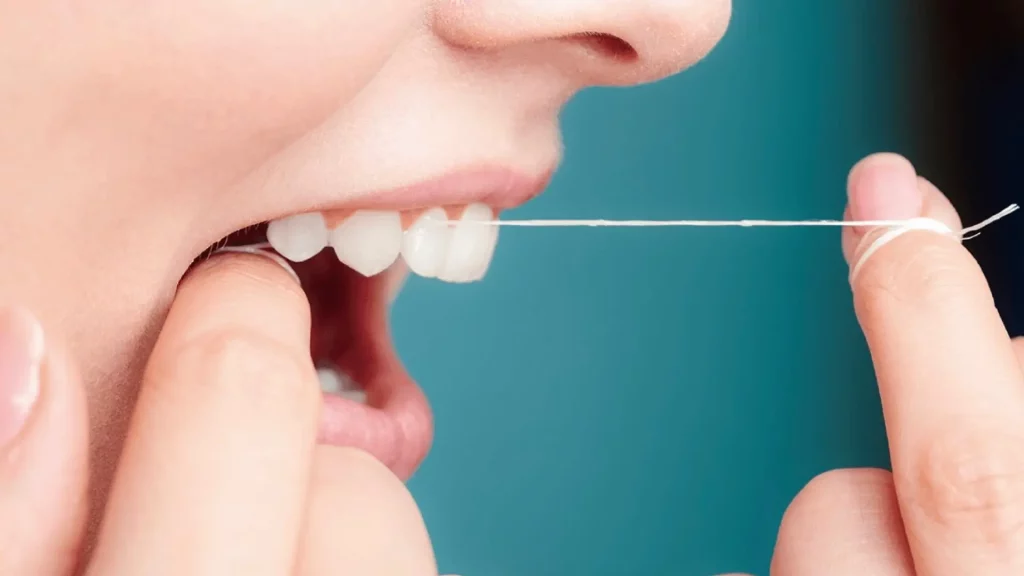
4. Which Is Better for Your Teeth: Dental Floss or Interdental Brushes?
Both dental floss and interdental brushes have their advantages, but which one is better for your oral hygiene depends on your individual needs. Let’s compare the two tools based on several factors:
Effectiveness
- Flossing: Dental floss is highly effective at cleaning between your teeth and along the gumline. It’s particularly useful for people with teeth that are very close together. It can also be more effective at removing small food particles and plaque.
- Interdental Brushes: Interdental brushes tend to be more effective at removing plaque, especially for those with larger gaps between their teeth. They can clean more surface area and may be better suited for people with braces or other dental appliances.
Ease of Use
- Flossing: Flossing can be difficult for people with limited hand dexterity, arthritis, or those with tight spaces between their teeth. It can also be tricky to use around dental work like crowns and bridges.
- Interdental Brushes: Interdental brushes are easier to handle and require less technique than flossing. They can be a better choice for those with limited dexterity, braces, or implants.
Suitability for Different Gaps
- Flossing: Dental floss works well for people with tight gaps between their teeth. However, it may not be as effective for those with larger gaps or gum recession.
- Interdental Brushes: Interdental brushes are better suited for people with wider spaces between their teeth or those with dental work. They also work well for cleaning around braces, crowns, and implants.
Gum Health
- Flossing: Flossing can sometimes cause gum irritation or bleeding, especially if done aggressively or if your gums are already inflamed.
- Interdental Brushes: Interdental brushes are generally gentler on the gums and can reduce the risk of irritation or injury when used correctly.
Cost
- Flossing: Dental floss is inexpensive and widely available. It’s a cost-effective choice for maintaining oral hygiene.
- Interdental Brushes: Interdental brushes are more expensive than dental floss, and they need to be replaced regularly, which can add up over time.
5. Conclusion: Which Should You Choose?
Both dental floss and interdental brushes are excellent tools for maintaining good oral hygiene, and the best choice depends on your specific needs:
- Dental Floss is ideal for people with tightly spaced teeth and those looking for an inexpensive, portable solution for cleaning between their teeth.
- Interdental Brushes are better for individuals with wider gaps between their teeth, dental appliances (like braces or bridges), or those who find flossing difficult.
Ultimately, your dentist or dental hygienist can help you decide which tool is best for your oral health. In some cases, using both floss and interdental brushes in combination may provide the most effective cleaning routine for your teeth.
Maintaining good oral hygiene requires consistent care, and choosing the right tools for your unique dental needs will help keep your teeth and gums healthy for years to come.


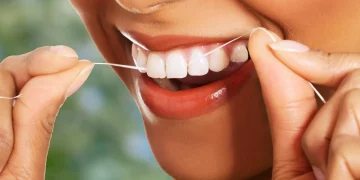






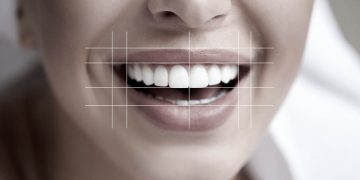





















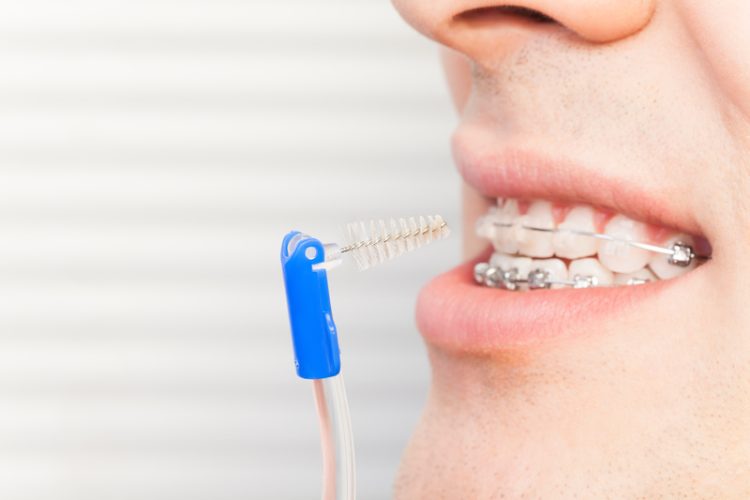












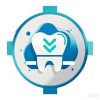
Discussion about this post